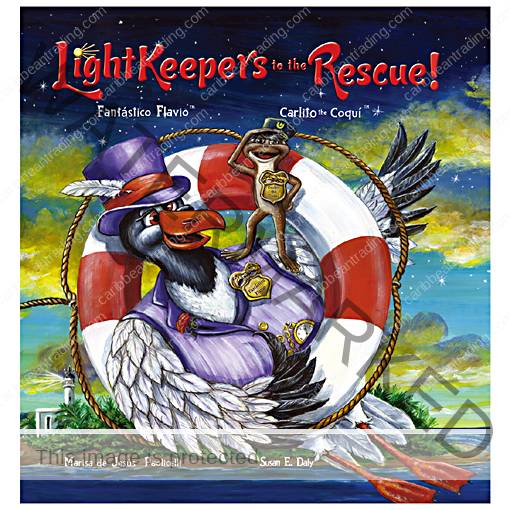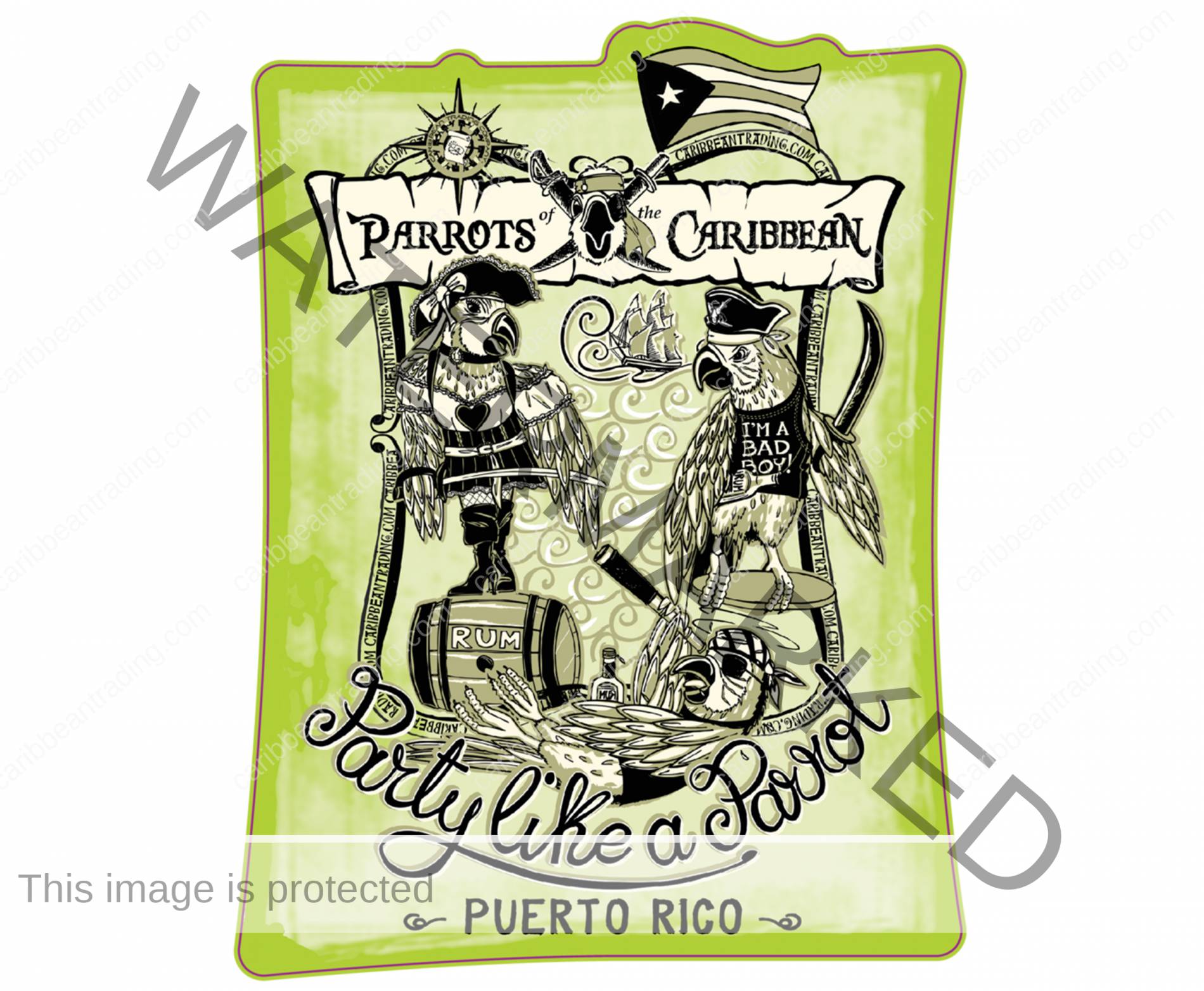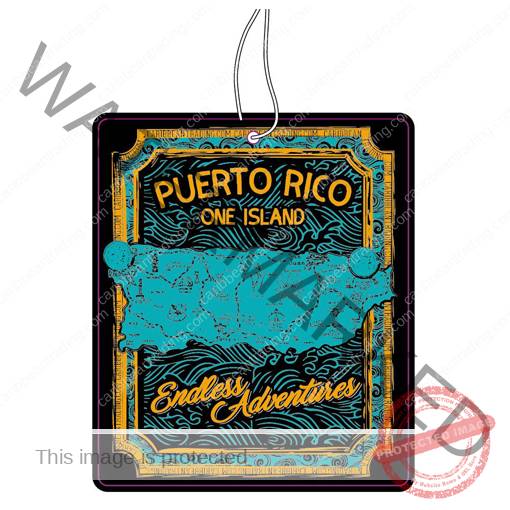Puerto Rico
The Evolution of Caribbean Pirate Legends
You probably heard or seen some stories about the Caribbean pirates. Where? Anywhere: books, movies, you name it. They’re often romaticized, telling really surprising stories about hidden treasures and adventures around the seas. We all loved them when we were young, right? But this fascination comes from many centuries of folklore and storytelling, and it doesn’t have an age range. The true question is: How did these legends evolve and survive the years, becoming some of the most important pop culture stories today? Well, to know that, this amazing article is going to explain you the role of literature and entertainment.
The Historical Roots of Caribbean Piracy
The so-called “Golden Age of Piracy” spanned roughly from the late 17th century to the early 18th century, coinciding with the European colonization of the Americas. The Caribbean was a prime location for piracy due to its geography and trade routes. Its numerous islands, hidden coves, and proximity to major shipping lanes made it an ideal base of operations for pirates seeking to plunder ships carrying goods such as sugar, tobacco, spices, and gold.
During this period, European powers, including Spain, England, France, and the Netherlands, vied for control of the New World. Privateers, who were essentially government-sanctioned pirates, were employed by these nations to attack enemy ships and settlements. However, when peace treaties ended official sponsorship, many privateers turned to piracy full-time. Figures such as Edward Teach, better known as Blackbeard, and Bartholomew Roberts became infamous for their daring raids and brutal tactics, earning a place in history as some of the most notorious pirates of the era.
These real-life pirates, despite their criminality, became larger-than-life figures. Their exploits were often exaggerated, with tales of buried treasure, secret maps, and curses adding a layer of mystique to their already infamous reputations. The allure of independence, rebellion against authority, and the promise of untold riches contributed to the romanticization of piracy in the Caribbean.
The Role of Oral Tradition and Early Literature
The legends of Caribbean pirates owe plenty to the oral traditions of sailors, traders, and coastal communities. Stories of pirate attacks, bold escapes, and hidden loot were handed down via generations, frequently decorated with each retelling. These oral debts served as each warnings and entertainment, blending elements of reality with fantastical information that captured the imagination of listeners.
The era of writing also was huge when it comes to making pirates popular. A General History of the Pyrates, written in 1724 was the first to do this. Written by Charles Johnson, it described the biography of famous pirates from that time, like Anne Bonny, Blackbear of the great Calico Jack, although it also mixed some fantasy behind it for entertainment purposed. But that’s not all: it had a huge impact on the visualization of them: the Jolly Roger flag, treasures and ruthless personalities where shaped by them. Isn’t that amazing?
The have an impact on of Johnson’s e-book may be seen in later literary works, together with Robert Louis Stevenson’s Treasure Island (1883). Stevenson’s novel introduced the archetype of the only-legged pirate with a parrot on his shoulder—Long John Silver—and popularized the belief of treasure maps marked with an “X.” These elements, even though largely fictional, became synonymous with pirate lore and have been perpetuated in countless variations and reinterpretations.
Pirates in Popular Culture
The 20th and 21st centuries have seen a resurgence of interest in Caribbean pirate legends, driven by films, books, and other forms of media. Hollywood has played a massive position in shaping current perceptions of pirates, frequently blending historic elements with fable and adventure. Early films consisting of Captain Blood (1935) and The Sea Hawk (1940) set the level for swashbuckling heroes and epic sea battles, whilst greater recent productions just like the Pirates of the Caribbean franchise have added new generations to the arena of pirate mythology.
The success of Pirates of the Caribbean highlights the iconic enchantment of pirate legends. The movies integrate factors of historical piracy with supernatural subject matters, along with cursed gold and ghost ships, drawing at the rich tapestry of folklore and fiction that has grown round Caribbean piracy. Characters like Captain Jack Sparrow, along with his flamboyant personality and moral ambiguity, mirror the complicated and contradictory nature of pirate legends: each villains and heroes, outlaws and adventurers.
Beyond movie, pirate legends have permeated other components of popular culture, from video games to subject matter park points of interest. The romanticized movies of pirates as loose-spirited rebels continues to captivate audiences, supplying a getaway from the limitations of modern-day existence and a glimpse into a international of adventure and possibility. You can also find pirate-themed stickers at our store from Caribbean Trading!
Don’t forget that if you want to feel like a real pirate, you can always sail the seas with boat services such as a charter yachts bvi, offering you everything you need to enjoy the beautiful landscape!
The Myth vs. Reality of Pirate Life
While the legends of Caribbean pirates paint a photograph of daring adventurers living free at the excessive seas, the fact was some distance much less glamorous. Pirates lived harsh and threatening lives, frequently plagued by using ailment, starvation, and violence. Ships were cramped and unsanitary, and battles used to be brutal and deadly. The pursuit of treasure wasn’t as common as the testimonies say; most pirate raids focused on realistic products including food, apparel, and weapons instead of gold or jewels.
The democratic nature of pirate crews, also contributed to their legendary fame. Unlike the inflexible hierarchies of naval or merchant ships, pirate crews operated on a greater egalitarian basis. Captains were elected by the crew, and loot turned into divided in step with agreed-upon shares. This sense of equality and rise up in opposition to oppressive authority resonated with many, fueling the romantic image of pirates as symbols of freedom and defiance.
The harshness of pirate lifestyle and the eventual decline of piracy inside the Caribbean were additionally formed by means of ancient occasions. The upward thrust of powerful navies, modifications in change routes, and the established order of colonial governments made piracy increasingly more hard. By the mid-18th century, the golden age of piracy had largely come to an stop, but its legends persevered to thrive.
The Cultural Legacy of Pirate Legends
The evolution of Caribbean pirate legends isn’t only a story of storytelling however also a reflection of cultural values and ancient realities. Pirates have come to represent a number of thoughts, from individual freedom and rebel to greed and lawlessness. Their tales serve as a lens via which we explore issues of morality, energy, and the human preference for adventure.
In many ways, the legends of Caribbean pirates have turn out to be a international phenomenon, transcending their historical roots to take on new meanings in exclusive cultural contexts. For a few, they are a critique of colonialism and imperialism, highlighting the exploitation and violence of the era. For others, they embody a spirit of resilience and resourcefulness inside the face of adversity.
The continued fascination with pirates additionally speaks to the long-lasting energy of storytelling. Whether through oral lifestyle, literature, or current media, the legends of Caribbean pirates had been formed and reshaped over centuries, adapting to the changing desires and pastimes of audiences. They remind us of the ways in which history and fable intertwine, creating narratives that each mirror and form our know-how of the beyond.
Conclusion
The evolution of Caribbean pirate legends is a testament to the long-lasting appeal of adventure, insurrection, and thriller. From the historic exploits of real pirates to the decorated stories of oral acts and literature, these legends have captured the imagination of people round the world. They were shaped through historic occasions, cultural values, and the innovative minds of storytellers, evolving right into a rich and multifaceted mythology that continues to encourage and entertain.
While the fact of pirate existence became frequently grim, the legends of Caribbean pirates provide a glimpse right into a world of possibility and journey. They task us to impeach authority, consider new ways of dwelling, and embrace the unknown. In a world that often feels constrained by policies and expectations, the enduring attraction of pirate legends lies in their promise of freedom and the danger to carve out one’s own destiny at the excessive seas.







